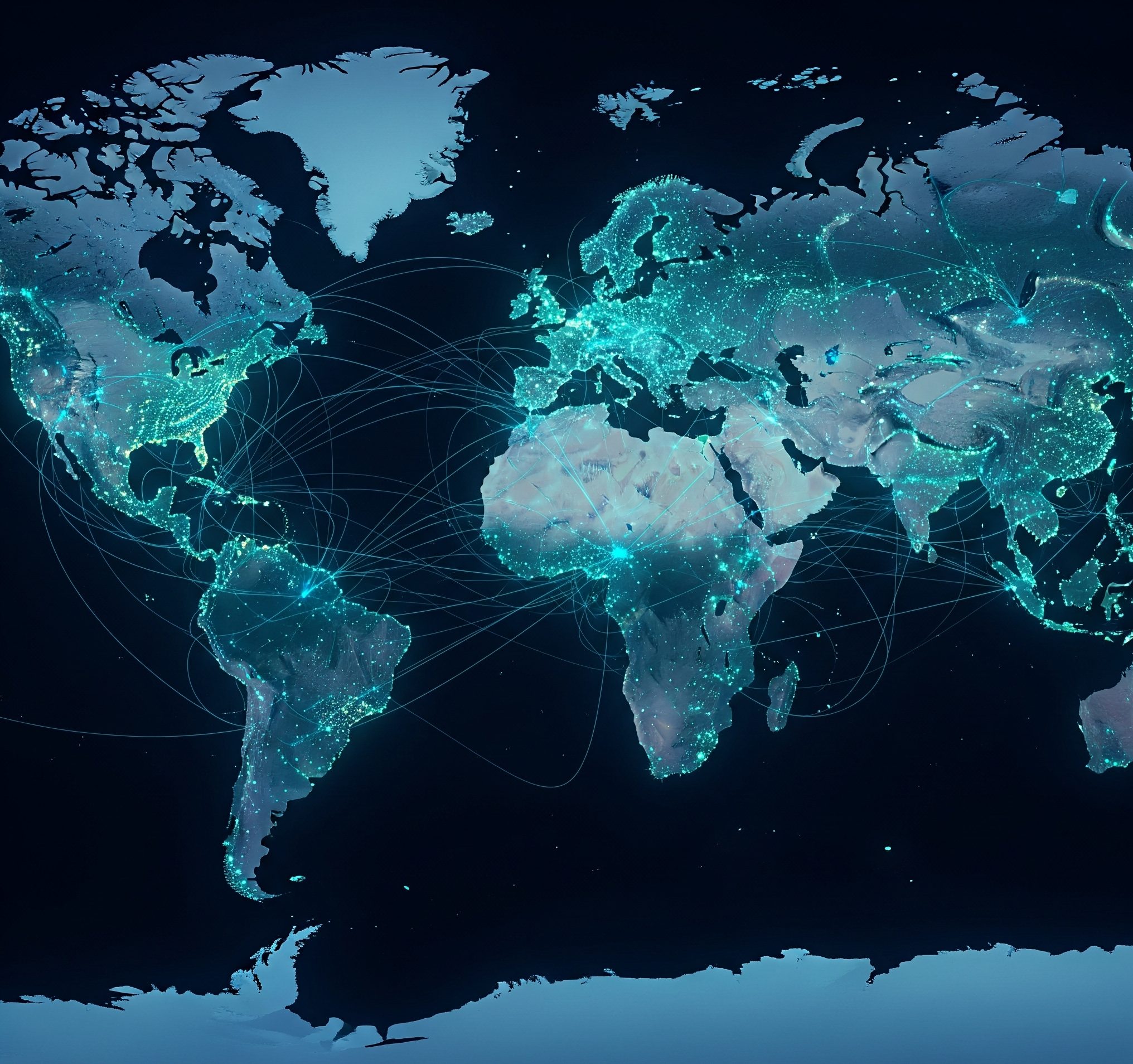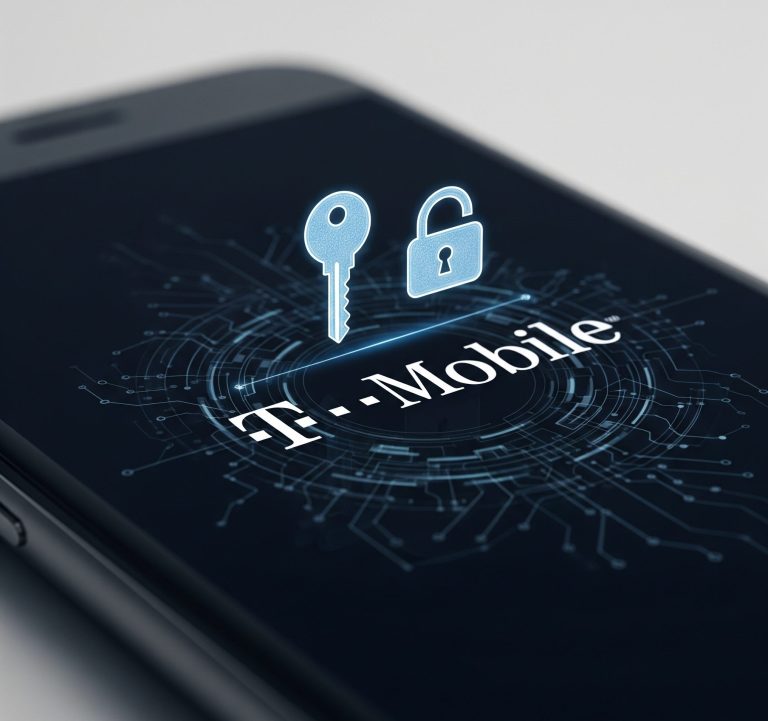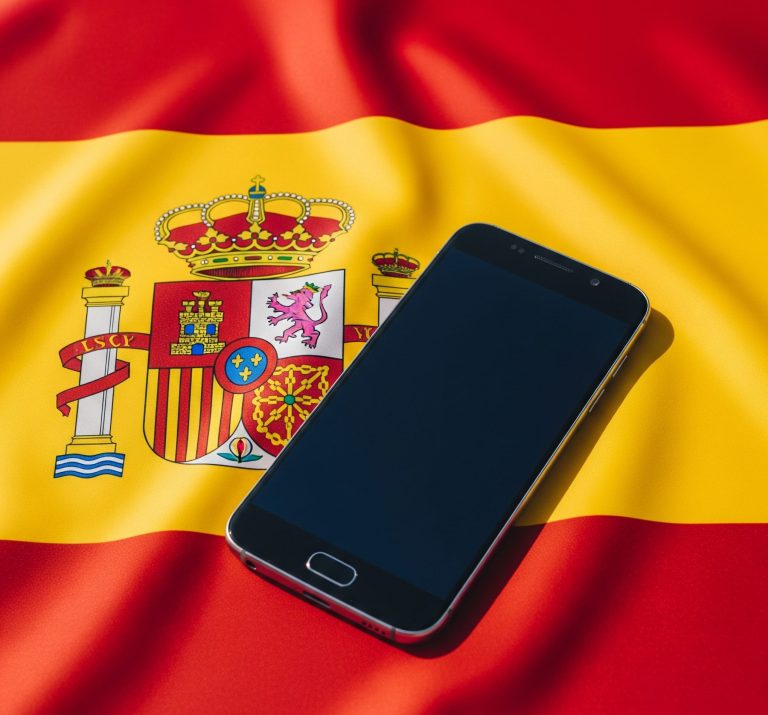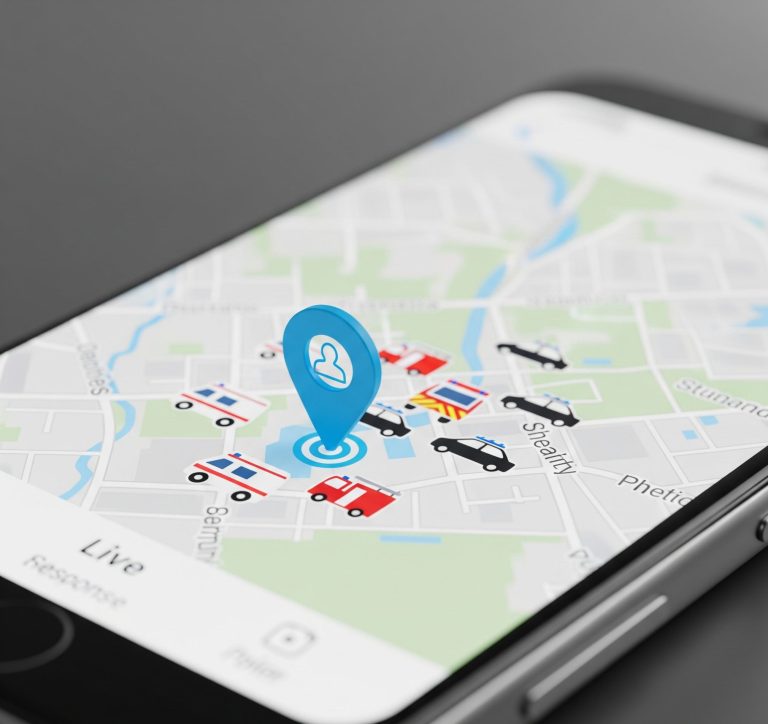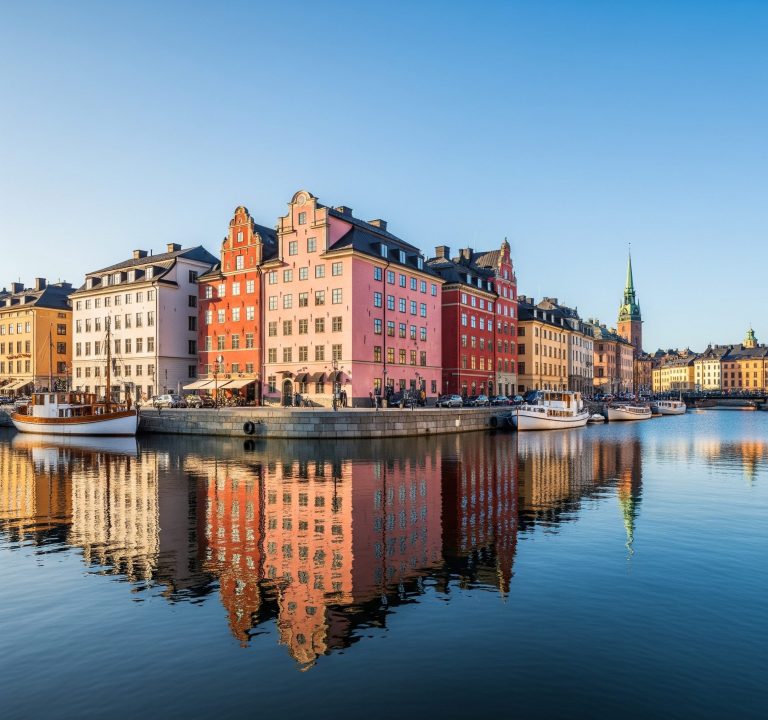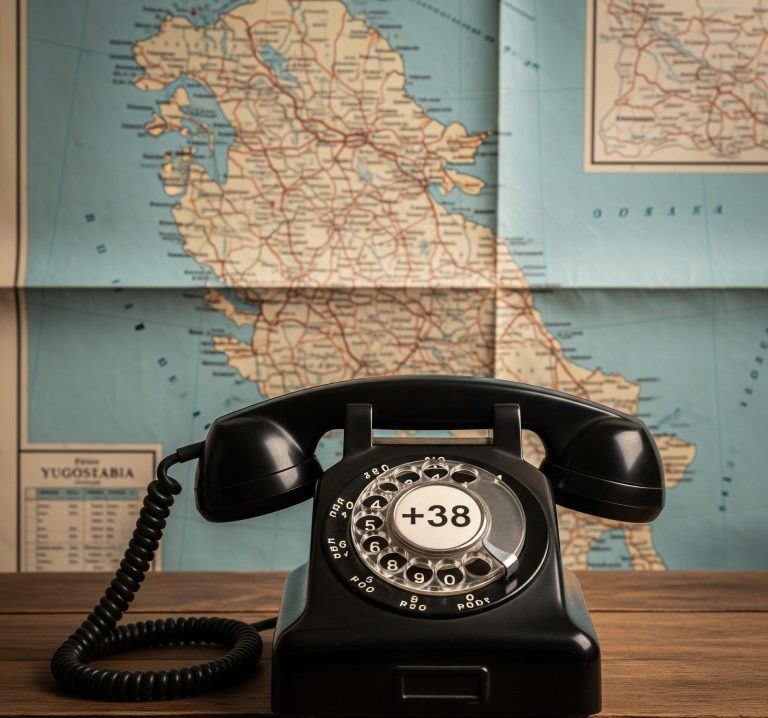The NANP is a system that ensures every phone number is unique and routable. Area codes, the first three digits of a ten-digit telephone number, are a fundamental part of this system. They were first introduced in the 1940s to facilitate direct long-distance dialing.
The rules for assigning area codes have evolved over time. Originally, area codes had a specific structure: the first digit could be any number from 2 to 9, the second digit was always a 0 or a 1, and the third digit could be any number from 1 to 9. This system was designed to be easily recognizable by the telephone switching equipment of the era.
As technology advanced and the demand for new phone numbers grew, these restrictions were loosened. Today, the main restriction is that the first digit cannot be 0 or 1, to avoid conflicts with country codes and operator services.
So, what area code is 333 and why doesn’t it exist in the current system? The NANP administrators have intentionally not assigned certain codes, including those that are easily recognizable or could cause confusion. Codes where the second and third digits are the same, like 333, fall into a category of codes that have historically been reserved or avoided.
Contents
The Role of the North American Numbering Plan Administrator
The responsibility for managing and assigning area codes falls to the North American Numbering Plan Administrator (NANPA). This body ensures that the numbering resources of the NANP are used efficiently and effectively. When a region begins to run out of available phone numbers in its existing area code, the state’s public utility commission will petition NANPA for a new one. NANPA will then assign a new code from the pool of available, unassigned codes.
The process of introducing a new area code is a carefully planned event, often involving public awareness campaigns to inform residents and businesses of the change. The fact that 333 has never been assigned indicates that it has been deliberately kept out of the pool of available codes for general use.
555 and the World of Make-Believe
While you won’t find a real place with the 333 area code, you’ve likely encountered the “555” area code in movies and television shows. This is the most well-known example of a fictional area code. The numbers 555-0100 through 555-0199 are specifically reserved for use in entertainment to prevent viewers from calling real people. This practice became widespread to avoid the real-world consequences of displaying a valid phone number on screen.
Just as “555” is the go-to for fictional phone numbers, other easily recognizable codes like 333 are often avoided in real-world assignments to prevent potential confusion with these established fictional conventions or other special uses.
Why Not Assign 333?
There are several reasons why an easily remembered code like 333 might be intentionally left unassigned.
- Memorability and Potential for Misuse: A highly memorable number could be prone to pranks or misdials.
- Reserved for Future Use: NANPA may be holding certain codes in reserve for future, specific applications that have not yet been implemented. These could include new types of services or technologies.
- Avoiding Confusion: As mentioned, maintaining a clear distinction between real and fictional numbers is important. Using a simple, patterned number like 333 could blur that line.
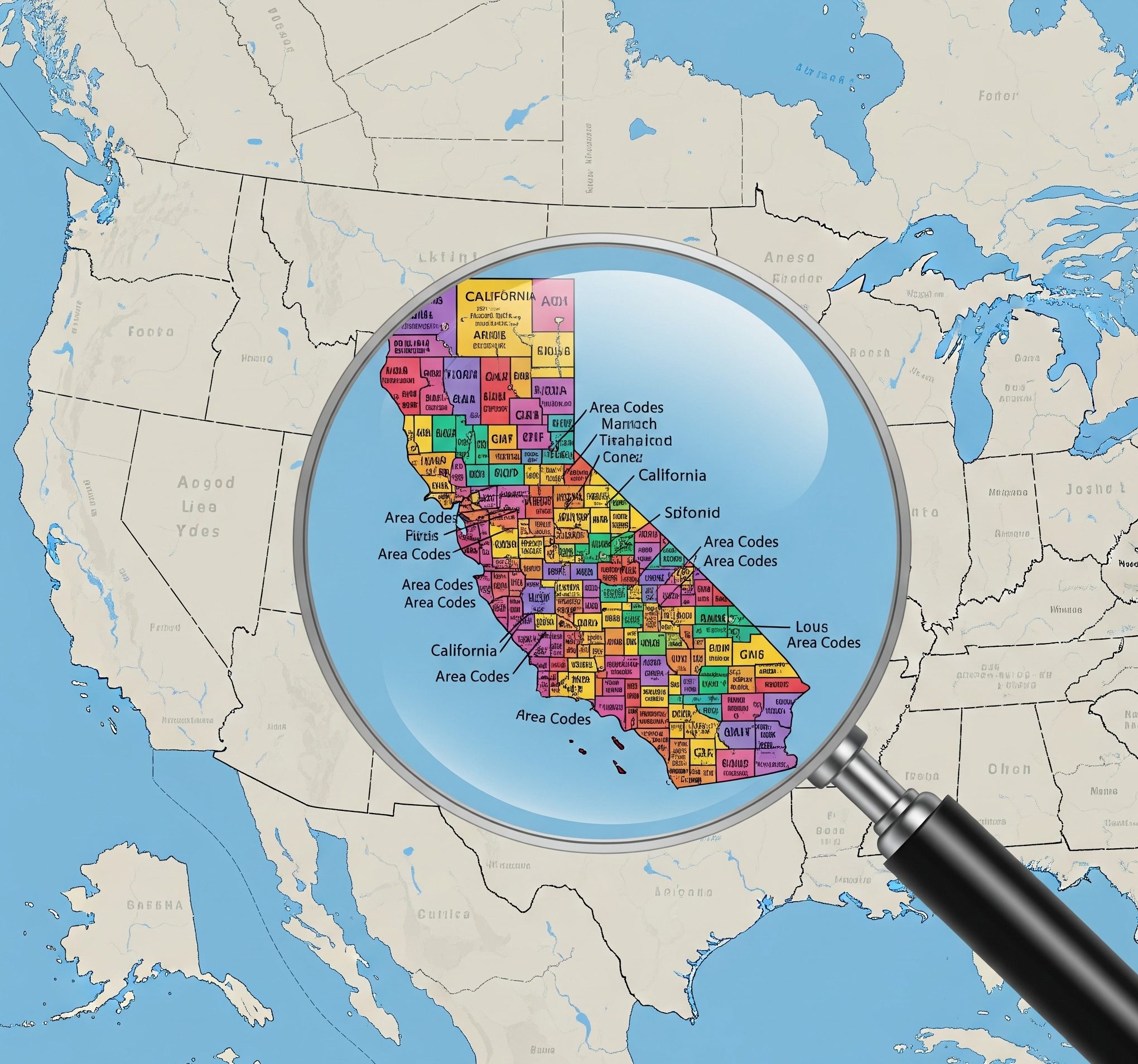
The Growing Need for New Numbers
The proliferation of cell phones, VoIP services, and other connected devices has led to an ever-increasing demand for new phone numbers. This has resulted in the introduction of “overlay” area codes, where a new area code is assigned to the same geographic area as an existing one. This means that new phone numbers in that region may be assigned the new area code, and ten-digit dialing becomes mandatory for all local calls.
As the pool of available area codes continues to shrink, it is possible that previously unassigned codes could be brought into service. However, the decision to activate a code like 333 would be made by NANPA based on a variety of technical and administrative factors.
So, Will We Ever See a 333 Area Code?
While it’s not impossible, it is unlikely that 333 will be assigned as a standard geographic area code in the near future. The current trend is to use less conspicuous number combinations for new area codes. The primary focus is on ensuring a steady supply of numbers without causing undue confusion for the public.
conclusion
the next time you wonder, “what area code is 333?”, you can be confident that it is not a functioning area code in the United States. It remains an unassigned number, a quiet placeholder in the vast and ever-evolving landscape of the North American Numbering Plan.

